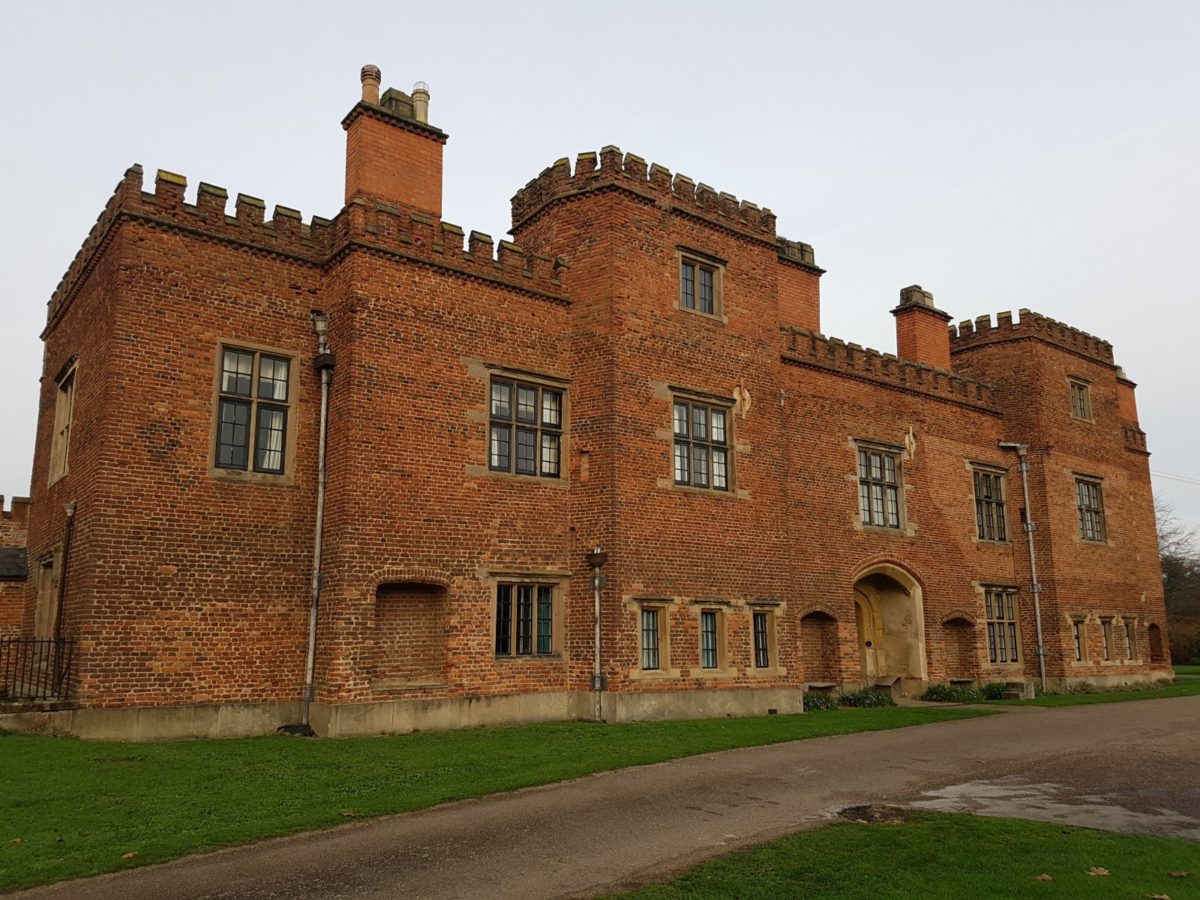Triskele Heritage are pleased to announce that we will be carrying out a funded research project at Holme Pierrepont Hall in Nottinghamshire.
The work will focus on the production of an interpretative phased floor plan. The ownership of the hall, built c 1500, has previously been the subject of detailed historical research (Priestland 2010) but the understanding of its architectural phasing has never been addressed. The site is now a home, wedding / events venue and is perhaps best known for its open gardens in the spring. The hall consists of a late mediaeval, brick and stone, gatehouse lodging range to the south with a remodeled wing to the east. These blocks originally formed two sides of a rectangular courtyard.
The survey will act as baseline research data for a site which has not previously received serious fieldwork or publication. It will also provide a basis for further research and future conservation needs.
Work on the project will start during the summer of 2021.
Project Background

Holme Pierrepont Hall is a grade 1 listed, brick and stone, late mediaeval great house sitting in a grade II registered park and garden (National Heritage List Nos. 124930 and 1001081). The site was built for the regionally significant Pierrepont family and, although the precise date of construction is uncertain, it is usually assigned to the early sixteenth century (Hartwell, Pevsner & Williamson 2020, 264-7). This date is currently open for debate. Later alterations to the property have left two in situ wings of a courtyard house: the gatehouse range and the east range, both of which are exceptionally well-preserved. In particular, the gatehouse range features surviving portals, pleasure garden recesses, internal timber-framing, brick fireplaces, garderobes and an arch-braced roof. The east range contains surviving Perpendicular Gothic windows, stone chimneypieces and a substantial amount of historic graffiti.
The house is the most extensive – and architecturally proficient – of only three surviving late mediaeval brick houses in Nottinghamshire. However, despite being in close proximity to Nottingham, it has never received either cursory or detailed archaeological investigation. The site is largely absent from the literature. None of the substantive studies of English brickwork make reference to Holme Pierrepont (Brunskill 1990; Wight 1972; Lloyd 1925) and the site has received little attention within local history publications (Brook 1998, 254). The most detailed account of the Pierrepont family does not consider the built environment (Priestland 2010). Aside from the inevitable entries in The Buildings of England (Hartwell, Pevsner & Williamson 2020, 264-7) and National Heritage List (No. 1249330), Anthony Emery made just two very brief references to the house in his otherwise exhaustive three volume Greater Medieval Houses of England and Wales: 1300-1500. He concluded that the ‘entrance range contains an interesting line of lodgings on two storeys with an associated roof of a quality rare in the East Midlands’ (Emery 2000, 181). It could be that Emery did not consider Holme Pierrepont Hall for the inclusion of a more developed entry as he supposed that it was built c 1509 and therefore just outside of the scope of the work.
However, in an article on courtyard houses, Philip Dixon identified Holme Pierrepont’s gatehouse range as being highly reminiscent of mid-fifteenth century Knole (near Sevenoaks, Kent). He then went even further in suggesting that the roof structure of this range ‘seems a little archaic’ for a date of c 1500 (Dixon & Lott 1993, 98). This chimes well with the findings of a tree-ring dating survey which gave a felling range of 1496-1516 (Laxton, Litton & Howard 1995, 49). The authors felt that an early date in this range was most likely – which may push back construction into the period of the later fifteenth century. That potentially places it within the life of the Yorkist veteran Sir Henry Pierrepont (d. 1499), whose effigy tomb can be found in the adjacent church of St Edmund (Priestland 2010, 49).
Ultimately, Holme Pierrepont Hall is an important late mediaeval great house which has never received the benefit of any research using the techniques of modern buildings archaeology. The chronological sequence has not yet been firmly ascertained and there is good reason to suspect that the established dating of the building to the early sixteenth century may be suspect.
References
Brook, M., 2002, A Nottinghamshire Bibliography: Publications on Nottinghamshire History Before 1998. Thoroton Society Record Series Vol. 42
Brunskill, R. W., 1990, Brick Building in Britain. Victor Gollancz Ltd. London.
Dixon, P. & Lott, B., 1993, ‘The Courtyard and the Tower: Contexts and Symbols in the Development of Late Medieval Great Houses’ in Journal of the British Archaeological Association Vol. 146
Emery, A., 2000, Greater Medieval Houses of England and Wales 1300-1500 Vol. 2: East Anglia, Central England and Wales. Cambridge: Cambridge University Press.
Hartwell, Pevsner, N. & Williamson, E., 2020, The Buildings of England: Nottinghamshire. Yale University Press. New Haven and London.
Laxton, R., Litton, C. & Howard, R., 2002, ‘Nottinghamshire houses dated by Dendrochronology’ in Transactions of the Thoroton Society of Nottinghamshire Vol. XCIX
Lloyd, N., 1925 (1983 edition), A History of English Brickwork. Antique Collectors Club Ltd. London.
Hartwell, Pevsner, N. & Williamson, E., 2020, The Buildings of England: Nottinghamshire. Penguin. London.
Priestland, P., 2010, From Domesday to Dukedom and Beyond – The History of the Pierrepont Family. Ashbracken. Radcliffe-on-Trent.
Wight. J. A., 1972, Brick Building in England. John Baker Ltd. London.

